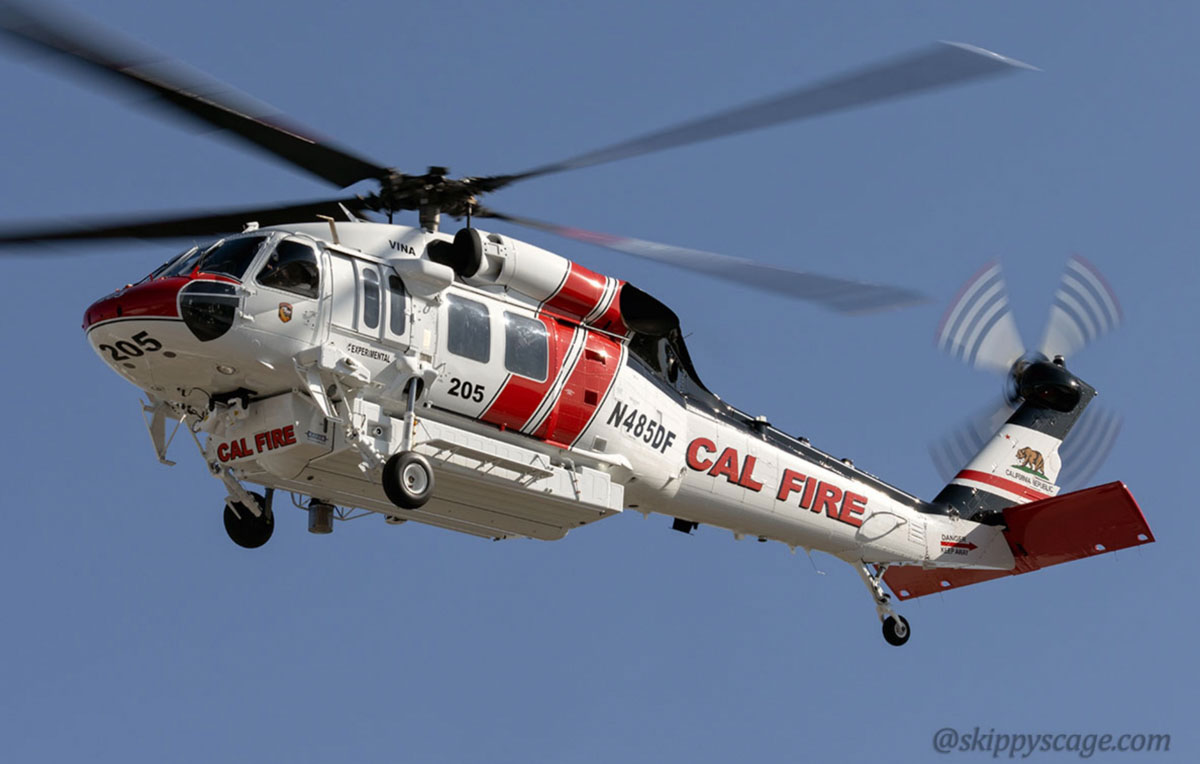How the Sikorsky S 70 Attracts Attention in the Helicopter Sector
How the Sikorsky S 70 Attracts Attention in the Helicopter Sector
Blog Article
Modernized Vertical Lift Platform With Advanced Composite Structures and Improved Safety And Security Steps
In the world of vertical lift systems, a substantial change in the direction of modernization has been observed, driven by the assimilation of advanced composite frameworks and enhanced safety and security procedures. In discovering the convergence of technology and safety in modern-day lift platforms, a compelling narrative arises, showcasing the possibility for transformative advancements that cater to the ever-evolving demands of commercial industries.
Advancement of Vertical Lift Systems

The development of vertical lift platforms can be mapped back to fundamental pulley systems and very early elevator styles. With time, technologies such as hydraulic systems, electric motors, and progressed control systems have actually vastly enhanced the effectiveness and security of these systems. Makers have additionally concentrated on improving the security, reach, and load-bearing capabilities of upright lift platforms to fulfill the varied requirements of different sectors.
Furthermore, the integration of wise modern technologies like sensing units, IoT connection, and automation features has even more transformed the capabilities of modern-day vertical lift platforms. These technical improvements not just enhance operational performance but likewise make certain increased safety criteria for workers using these systems at various heights. The continuous evolution of upright lift systems underscores their essential duty in improving vertical mobility across markets.
Combination of Advanced Compound Frameworks

Additionally, making use of advanced composite products permits even more complicated and optimized structural styles, making it possible for engineers to tailor the system's buildings to fulfill specific efficiency needs. This customization can result in improved aerodynamics, minimized resonances, and enhanced overall safety and security during procedure. The integration of sophisticated composite structures also adds to a decrease in maintenance prices and downtime, as these materials exhibit excellent resistance to environmental variables and have a longer life span compared to traditional materials. Overall, the incorporation of sophisticated composite structures in modern vertical lift platforms stands for a substantial advancement in aerospace modern technology, causing more reliable, dependable, and much safer aerial transportation systems.
Enhanced Security Procedures Implementation
Executing enhanced safety and security actions is imperative in guaranteeing the optimal performance and reliability of modern vertical lift platforms. These actions encompass a series of methods aimed at mitigating dangers and improving total safety and security requirements. One crucial aspect of improved security steps is the index integration of sophisticated sensor technologies to monitor different specifications in real-time. By making use of sensors for functions such as architectural wellness surveillance, lots tracking, and ecological picking up, possible risks can be determined early, enabling aggressive upkeep and rehabilitative actions.

Market Applications and Benefits
With developments in innovation and engineering, modernized upright lift platforms have actually discovered varied applications across various markets, providing considerable advantages in efficiency and performance. In the manufacturing industry, these systems enhance the process of transporting heavy products and tools within centers, decreasing hand-operated handling and boosting operational performance. The construction industry take advantage of vertical lift systems by making it possible for employees to accessibility elevated locations securely and successfully, boosting total job timelines. Warehousing Check This Out and logistics firms make use of these systems to maximize storage space usage and assist in quicker picking and packing processes.
Furthermore, vertical lift systems play an essential role in the repair and maintenance of framework such as bridges, power lines, and buildings, allowing professionals to reach inaccessible locations with ease (sikorsky s 70). The aviation sector likewise leverages these systems for aircraft upkeep and assembly tasks, enhancing process performance and guaranteeing employee security at heights. Overall, the extensive adoption of modernized upright lift platforms across sectors highlights their convenience and the significant renovations they offer various operations
Future Trends in Lift System Technology
Including sophisticated automation and smart features, lift platform innovation is poised to reinvent upright transportation systems in the close to future. One essential trend is the assimilation of Internet of Points (IoT) modern technology, allowing lift systems to communicate real-time data for anticipating maintenance, optimizing efficiency, and enhancing safety and security. Expert system and equipment knowing formulas are also being included to examine patterns, anticipate prospective issues, and enhance efficiency. Moreover, using sophisticated products such as carbon fiber composites gets on the increase, supplying raised resilience and toughness while lowering overall weight. Improved precaution, including biometric verification and emergency situation response systems, are coming to be typical attributes to ensure passenger safety and security. Furthermore, customizable setups and modular layouts are obtaining popularity, enabling for better adaptability to different atmospheres and requirements. As lift platform technology remains to evolve, these fads are readied to shape the future of upright transport, making it a lot more reliable, safe, and easy to use.
Conclusion
Finally, the modernized vertical lift platform showcases the development of technology in the market. By incorporating innovative composite frameworks and enhanced safety procedures, this platform offers increased efficiency and security for various applications. The market can benefit significantly from these improvements, and future fads in lift platform innovation are most likely to continue surpassing these advancements for also higher success and efficiency.
In the world of upright lift systems, a significant shift in the direction of innovation has actually been observed, driven by the assimilation of innovative composite structures and increased safety actions. The continuous advancement of vertical lift systems highlights their essential function in improving vertical wheelchair throughout sectors.

The unification of sophisticated composite structures in contemporary upright lift systems has actually dramatically boosted their architectural integrity and performance abilities. By integrating these sophisticated composites right into the layout and building of vertical lift systems, manufacturers can reduce overall weight, boost load-carrying capability, and boost the platform's resilience and longevity.
Executing boosted security procedures is essential in guaranteeing the optimum performance and integrity of modern-day upright lift platforms.
Report this page